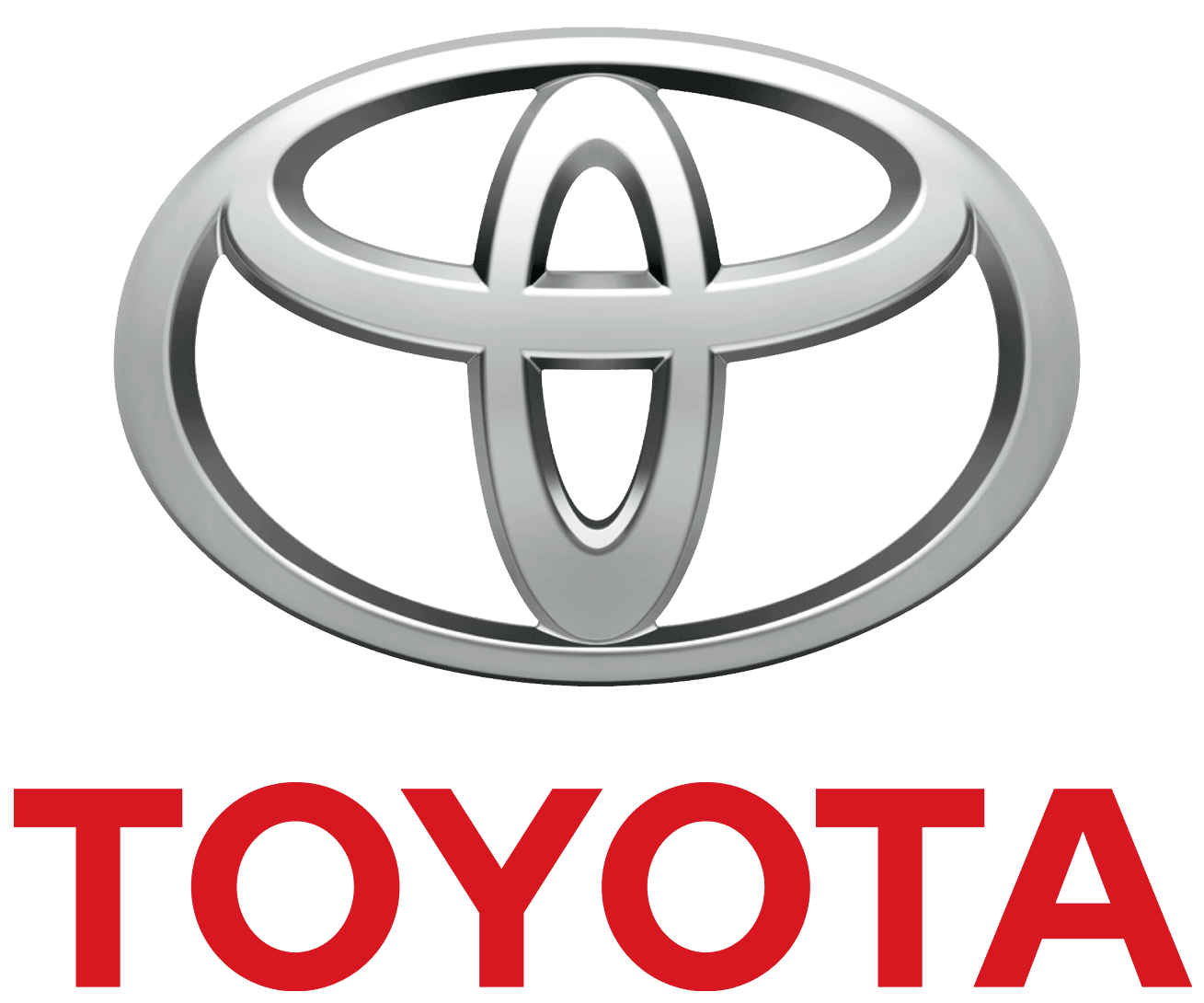
Toyota

| Name: | TOYOTA |
| Year of foundation: | 1937 |
| Founders: | Kiitiro Toyoda |
| Belongs: | Toyota Motor Corporation |
| Location: | Japan: Toyota, Aichi |
| News: | Read more... |
Body type: SUVHatchbackSedanPickupEstateMinivanCoupeVan
History of the Toyota car brand
Contents FounderEmblemHistory of the automobile brand in models In 1924, inventor Sakichi Toyoda invented the Toyoda Model G brake machine. The basic principle of operation was that when the machine was out of order, it stopped itself. In the future, Toyota used this invention. In 1929, an English company bought the patent for the machine. All proceeds were put into the production of their own cars. Founder Later, in 1929, Sakita's son traveled first to Europe and later to the USA to understand the principles of automobile construction. In 1933 the company was transformed into an automobile production. The heads of state of Japan, having learned about such production, also began to invest in the development of this industry. The company released its first engine in 1934, and it was used for class A1 cars, and later for trucks. The first car models were produced since 1936. Since 1937, Toyota has become completely independent and could choose the path of development itself. The name of the company and their cars was in honor of the creators and sounds like Toyoda. Marketing experts suggested changing the name to Toyota. So the name of the car is better remembered. When World War II began, Toyota, like other technology companies, began to actively help Japan. Namely, the company began to produce special trucks. Due to the fact that then the companies did not have enough materials for the production of most equipment, simplified versions of cars were made. But the quality of these assemblies did not fall from this. But at the end of the war in 1944, during the bombing of America, there were enterprises and factories were destroyed. Later, the entire industry was rebuilt. After the end of the war began to produce passenger cars. The demand for such cars in the post-war period was very large, and the company created a separate enterprise for the production of these models. Passenger cars of the "SA" model were produced in the flesh until 1982. Under the hood was a four-cylinder engine. The body was made entirely of metal. Mechanical gearboxes were installed in three gears. 1949 is considered not very successful for the company. This year there was a financial crisis at the enterprise, and the workers could not receive stable wages. Mass strikes began. The Japanese government helped again and the problems were solved. In 1952, the founder and chief executive of the company, Kiichiro Toyoda, died. The development strategy immediately changed and changes in the management of the company were noticeable. The heirs of Kiichiro Toyoda began to cooperate again with the military structure and offered a new car. It was a big SUV. It could be bought by both ordinary civilians and the armed forces. The car was developed for two years and in 1954 the first SUV from Japan was released from the conveyors. It was called the Land Cruiser. This model was liked not only by the citizens of Japan, but also by other countries. For the next 60 years, it was supplied to the military structures of other countries. During the refinement of the model and the improvement of its driving performance, an all-wheel drive model was developed. This innovation was also installed on future cars until 1990. Because almost everyone wanted him to have good grip and high cross-country ability of the car on different sections of the road. Emblem The emblem was designed in 1987. At the base are three ovals. The two perpendicular ovals in the middle show the relationship between the company and the client. Another stands for the first letter of the company. There is also a version that the Toyota emblem symbolizes a needle and thread, a memory of the company's weaving past. The history of the car brand in models The company did not stand still and tried to produce more and more new car models. So in 1956, the Toyota Crown was born. It was equipped with an engine with a volume of 1.5 liters. At the disposal of the driver was 60 forces and a manual gearbox. The release of this model was very successful, and other countries also wanted this car. But most of the deliveries were in the USA. Now it's time for an economical car for the middle class. The company released the Toyota Publica. Due to the low cost and good reliability, cars began to be sold with unprecedented success. And until 1962, the number of cars sold was more than one million. The leaders of Toyota had high hopes for their cars, namely they wanted to popularize their cars abroad. The dealer company Toyopet was established, which was engaged in the sale of cars to other countries. One of the first such cars was the Toyota Crown. Many countries really liked the car, and Toyota began to expand. And already in 1963, the first car made outside of Japan went out of production in Australia. The next new model was the Toyota Corolla. The car had rear-wheel drive, a 1.1-liter engine and the same gearbox. Due to its small volume, the car required little fuel. The car was created just when the world was in crisis due to lack of fuel. Immediately after the release of this model, another model called Celica is released. In the United States and Canada, these cars spread very quickly. The reason for this was the small engine size, as all American cars had very high fuel consumption. During the crisis, this factor was in the first place when choosing to buy a car. Five enterprises for the production of this Toyota model are opening in the United States. The company wanted to continue to develop and progress and releases Toyota Camry. It was a car for the business class of the American population. The interior was completely leather, the car panel had the most new design, a mechanical four-speed gearbox and 1.5-liter engines. But these efforts were not enough to compete with cars of the same class, namely Dodge and Cadillac. The company invested 80 percent of its income in the development of its Kemry model. Further in 1988, the second generation comes out for the King. These models sold well in Europe. And already in 1989, a couple of car production plants were opened in Spain. The company also did not forget about its SUV and until the end of 1890 released a new generation of Land Cruiser. After its small crisis caused by the contribution of almost all income to the business class, after analyzing its mistakes, the company creates the Lexus brand. Thanks to this company, Toyota had the opportunity to beat the American market. They again became popular models there for a while. Brands such as Infiniti and Acura also appeared on the market at that time. And it was with these firms that Toyota competed at that time. Thanks to its more refined design and good quality, sales increased by 40 percent. Later, in the early 1990s, Toyota Design was created to improve the designs of their cars, and it was domestic. Rav 4 pioneered the new Toyota style. All the new trends of those years were embodied there. The power of the car was 135 or 178 forces. The seller also offered a small variety of bodies. Also in this Toyota model was the ability to automatically shift gears. But the old manual transmission was also available in other trim levels. Soon, a completely new car for Toyota was developed for the US population. It was a minivan. Until the end of 2000, the company decided to make an update for all of its current models. Sedan Avensis and Toyota Land Cruiser are new vehicles for Toyota. On the first was a gasoline engine with a power of 110-128 forces and a volume of 1.8 and 2.0 liters, respectively. Land Cruiser offered two trim levels. The first is a six-cylinder engine, with a power of 215 forces, a volume of 4,5 liters. The second is a 4,7-liter engine with a capacity of 230 and there were already eight cylinders. That the first, that the second model had all-wheel drive and a frame. In the future, companies began to build all their cars from the same platform. This made it much easier to select parts, reduce maintenance costs, and increase reliability. All automobile companies did not stand still, and each tried to somehow develop and popularize its brand. Then, as now, Formula 1 racing was popular. At such races, thanks to victories and just participation, it was easy to popularize your brand. Toyota began to design and build its car. But due to the fact that in the past the company had no experience in building such cars, the construction was delayed. Only in 2002, the company was able to present its car at the races. The first participation in competitions did not bring the desired success to the team. It was decided to completely update the entire team and create a new car. The eminent racers Jarno Trulli and Ralf Schumacher were invited to the team. And German experts were hired to help create the car. Progress was immediately visible, but victory in at least one of the races could not be achieved. But it is worth noting the positive that was in the team. In 2007, Toyota cars were recognized as the most common on the market. At that time, the company's shares rose as never before. Toyota was on everyone's lips. But the development strategy in Formula 1 did not work out. The team's base was sold to Lexus. The test track was also sold to them. Over the next four years, the company releases a fresh update to the lineup. But the most excellent was the update of the Land Cruiser model. The Land Cruiser 200 is now available. This car is on the list of the best cars of all time. For two consecutive years, the Land Cruiser 200 was the best-selling vehicle in its class in the United States of America, Russia, and Europe. In 2010, the company began developing hybrid engines. Toyota is considered one of the first franchises to work with this technology. And according to company news, by 2026 they want to completely switch all their models to hybrid engines. This technology will help to completely abandon the use of gasoline as a fuel. Since 2012, Toyota has begun building its factories in China. Thanks to this, by 2018 the volume of cars produced has doubled. Many manufacturers of other brands began to buy a hybrid installation from Toyota and introduce it into their new models. Toyota also had rear-wheel drive sports cars. One of these was the Toyota GT86. As always, everything was excellent. An engine was supplied based on new innovations with a turbine, the volume was 2.0 liters, the power of this car was 210 forces. In 2014, the Rav4 received a new upgrade with an electric motor. On one battery charge, it was possible to drive up to 390 kilometers. But this number may change depending on the driving style of the driver. One of the good models is also worth highlighting the Toyota Yaris Hybrid. This is a front-wheel drive hatchback with an engine capacity of 1.5 liters and a power of 75 horsepower. The principle of operation of a hybrid engine is that we have an installed internal combustion engine and an electric motor. And the electric motor starts to run on gasoline. Thus, we provide us with lower fuel consumption and reduce the amount of exhaust gases in the air. At the Geneva Motor Show in 2015, a restyled version of the Toyota Auris Touring Sports Hybrid took first place in the category of the most economical station wagon in its class. It is based on a 1.5-liter gasoline engine with a capacity of 120 horsepower. And the engine itself works on Atkinson technology. According to the manufacturer, the minimum consumption per hundred kilometers is 3.5 liters. The studies were carried out in laboratory conditions in compliance with all the most favorable factors.
No post found
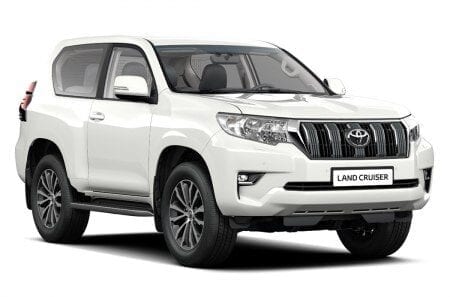
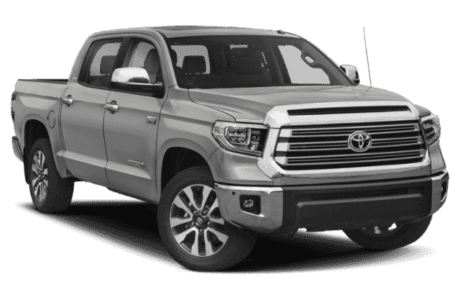
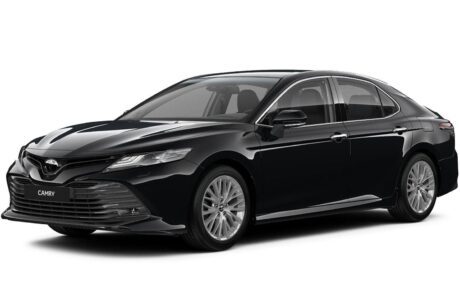
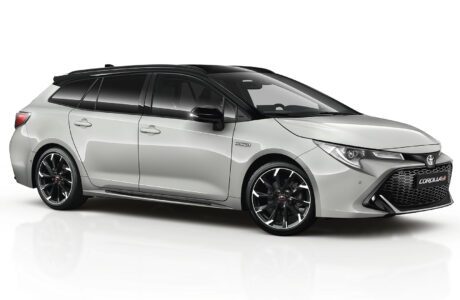

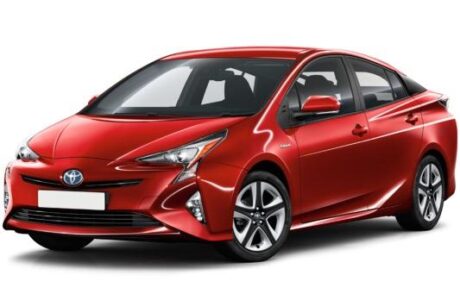
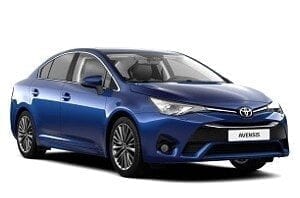
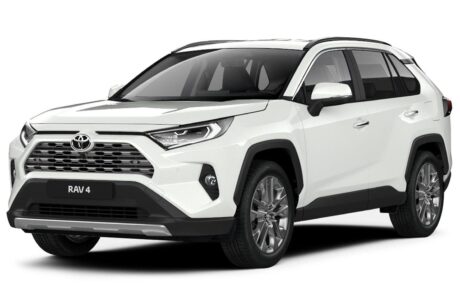
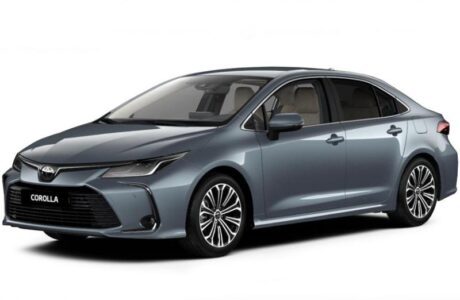
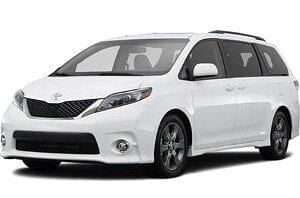
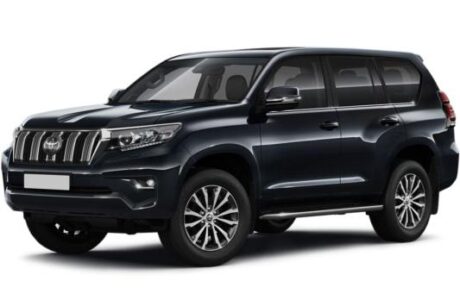
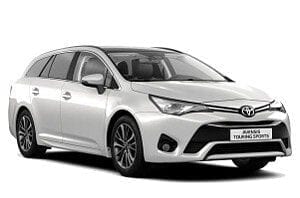
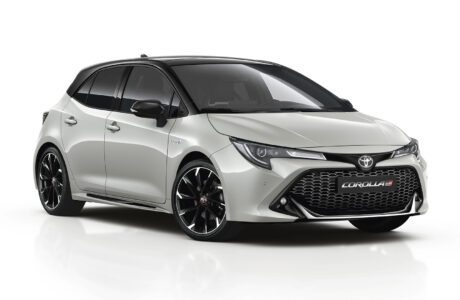


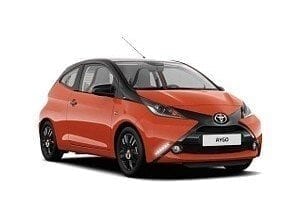



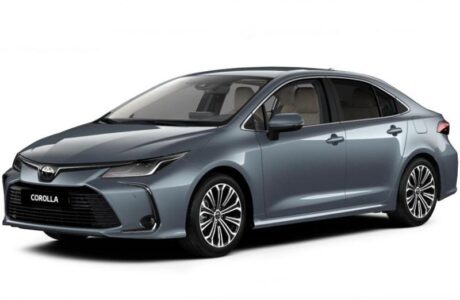
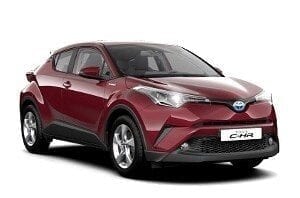
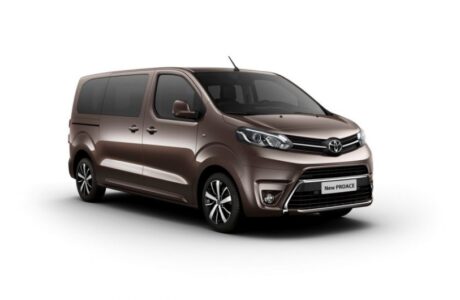
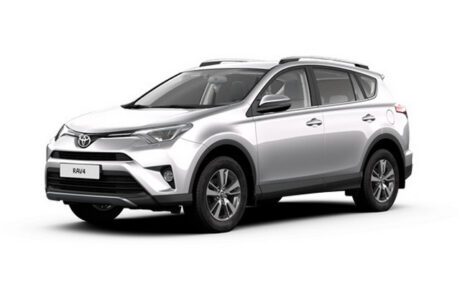
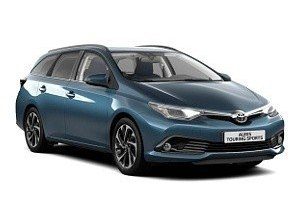



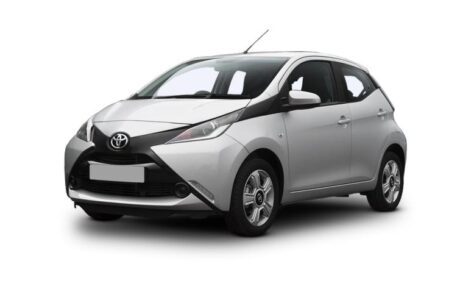
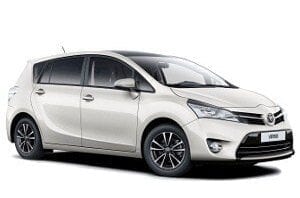



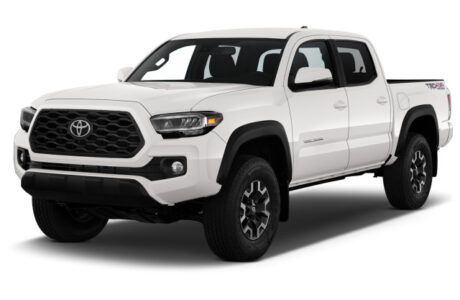
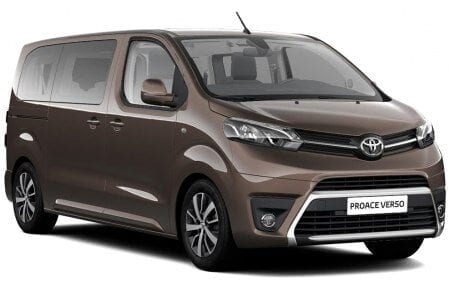

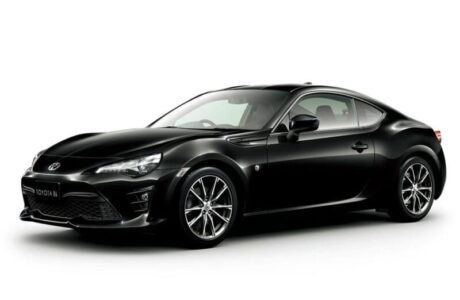

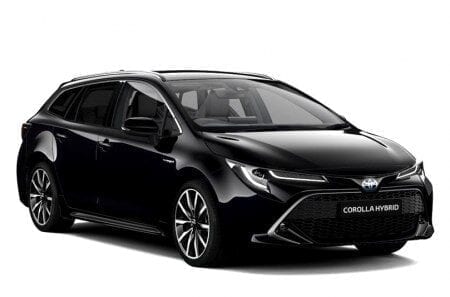
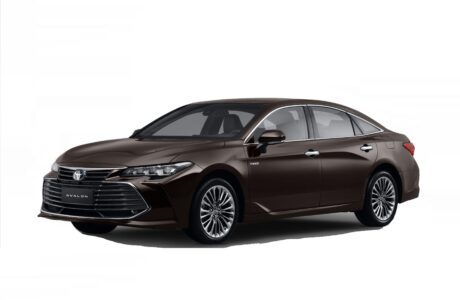

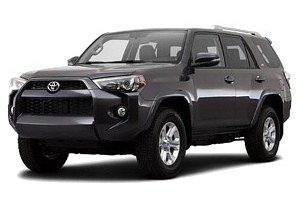
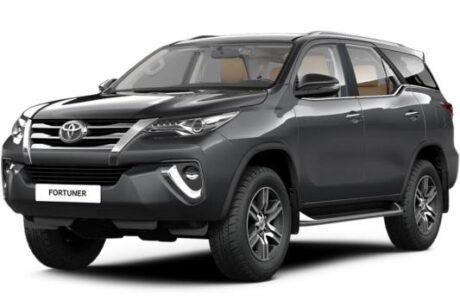
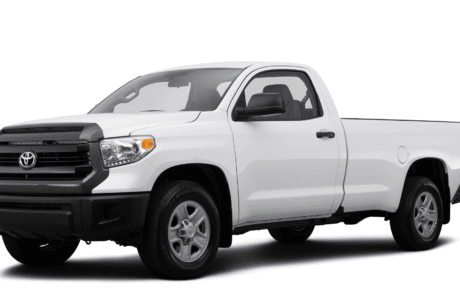


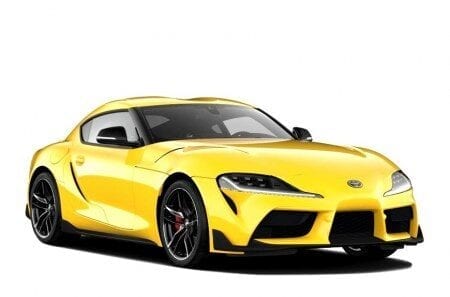

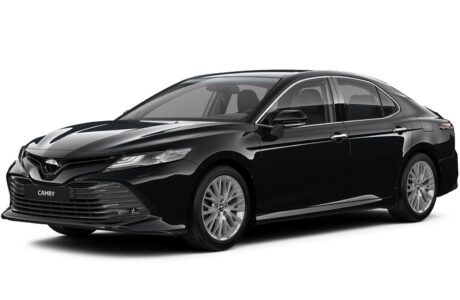
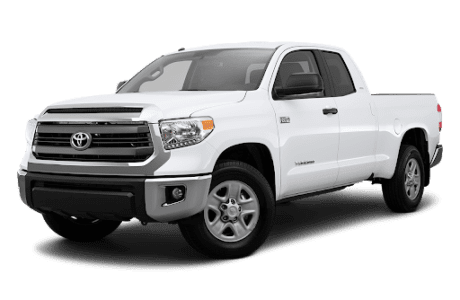
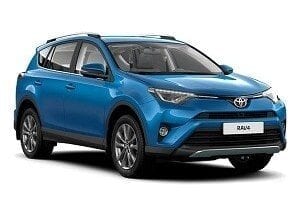
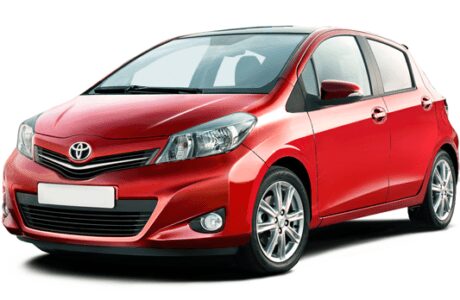
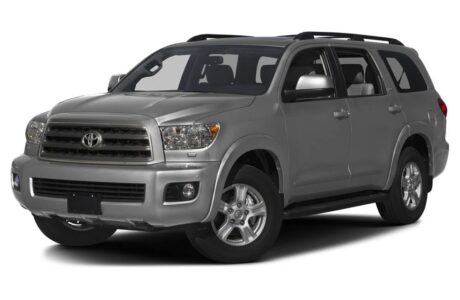
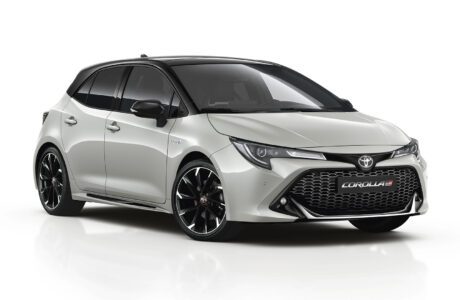
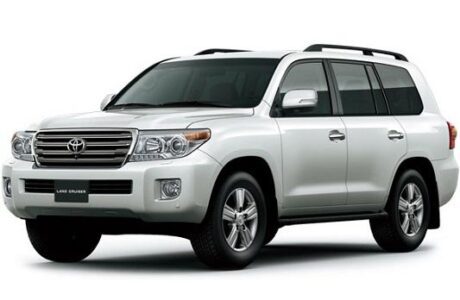
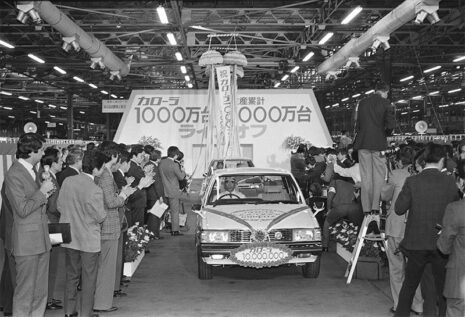
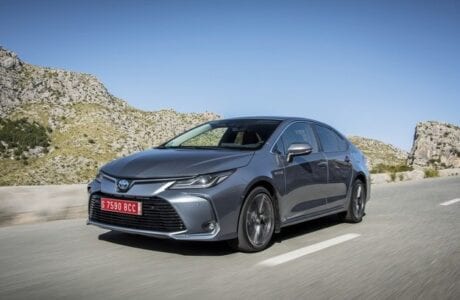
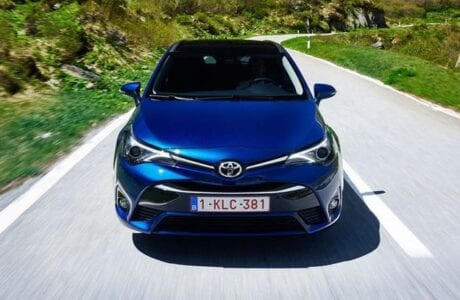
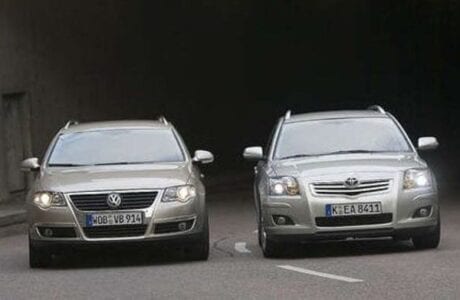
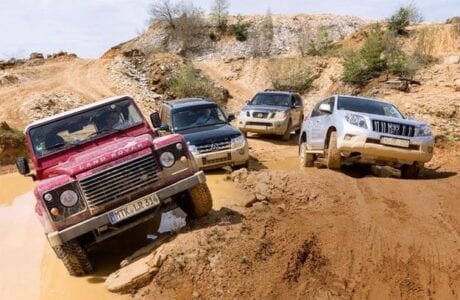
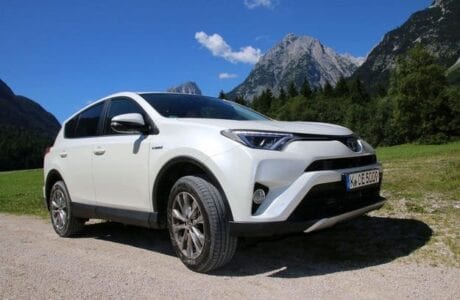

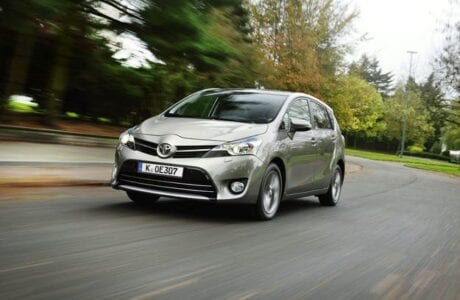

One comment
Nino
I'm looking for a Toyota RAV4 sunroof